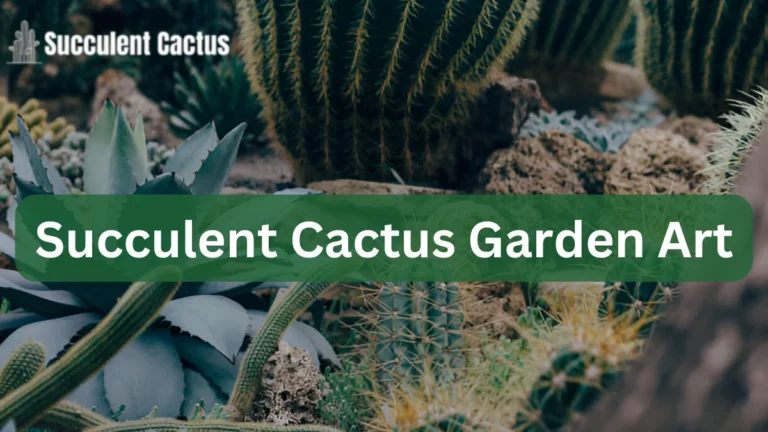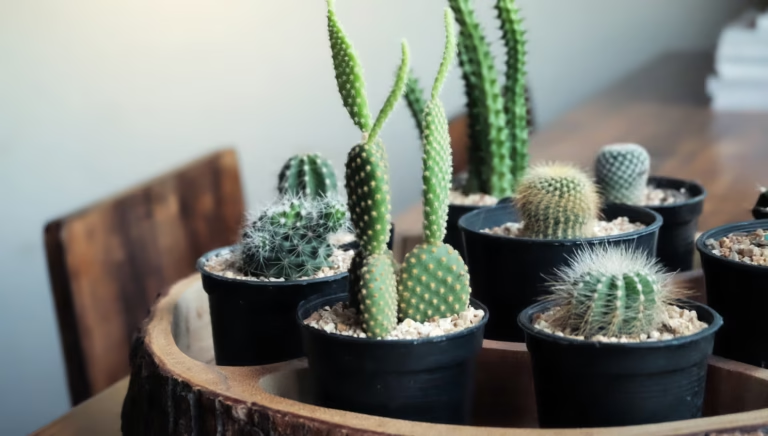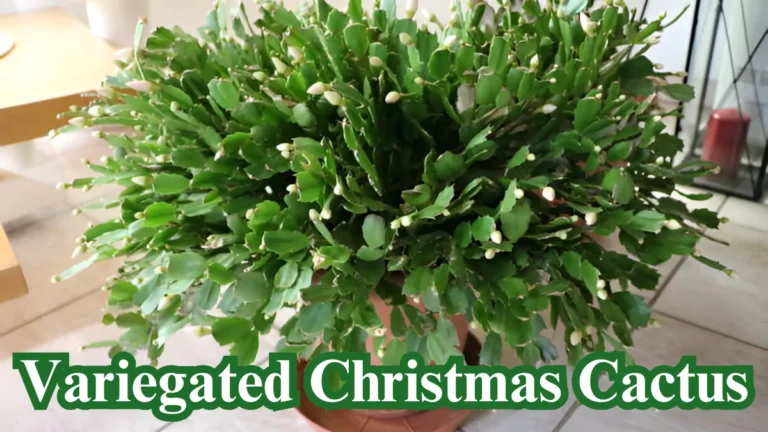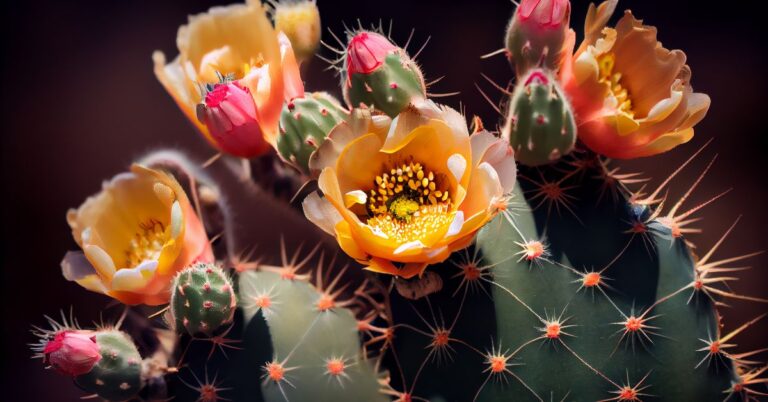Succulent Pot Mixture: How to Make the Perfect Soil for Your Succulents
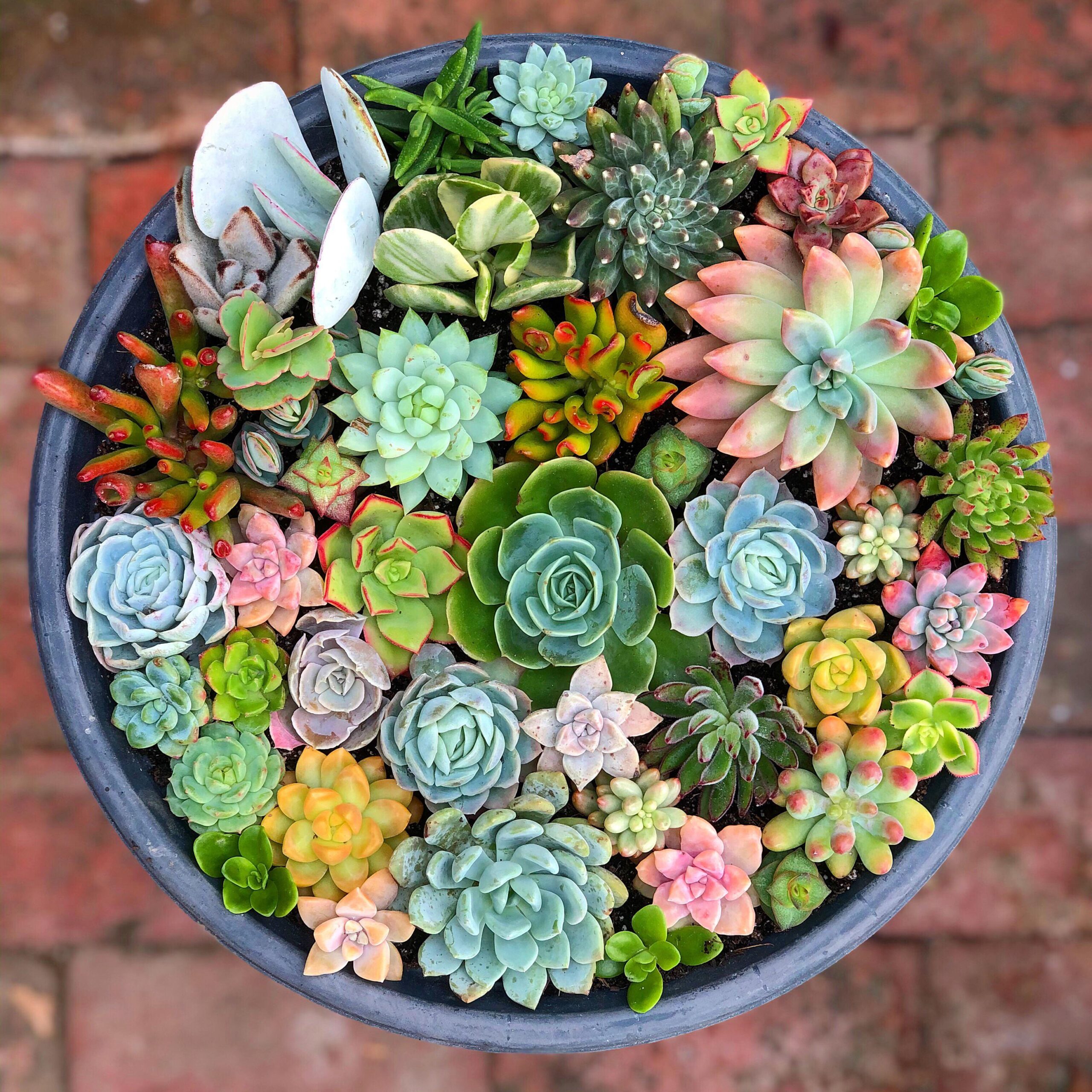
Succulent plants have gained immense popularity due to their easy care and stunning appearance. However, one of the most crucial aspects of caring for succulents is providing them with the right growing medium. A succulent pot mixture is vital for their health and longevity. It ensures proper drainage, prevents root rot, and promotes robust growth.
In this article, we will explore how to create the ideal succulent pot mixture for your plants. Whether you’re a beginner or an experienced gardener, crafting the right soil mix is essential for growing healthy and vibrant succulents. Let’s dive into the world of succulent care and explore the perfect soil ingredients, mixing methods, and more.
Why the Right Succulent Pot Mixture Matters
Succulents are known for their ability to store water in their leaves, stems, or roots. However, to ensure they thrive, they need a well-draining potting mixture that prevents water from lingering around the roots. The wrong type of soil can lead to root rot and other issues that can harm or even kill your plants.
A well-balanced succulent pot mixture helps create a conducive environment for your succulents to grow, providing sufficient nutrients, aeration, and water drainage. By customizing the soil to suit the needs of your succulents, you will have a better chance of growing healthy plants.
What Should Go Into the Perfect Succulent Pot Mixture?
Creating a succulent pot mixture doesn’t require advanced gardening knowledge, just a few simple ingredients. Here’s a breakdown of the best components for a well-draining, healthy soil mixture for succulents.
1. Cactus or Succulent Potting Soil
The base of any succulent pot mixture should be a well-draining cactus or succulent potting mix. These pre-made mixes are specifically formulated to provide the right balance of moisture retention and drainage. However, if you want to tailor the mix for your plants, you can modify it with additional ingredients.
2. Sand
Sand is a crucial component for any succulent pot mixture because it helps with drainage. When selecting sand, choose coarse, horticultural sand, which provides the right texture for succulents. Sand helps break up the potting mix, preventing it from becoming too compact and ensuring the soil drains quickly.
3. Perlite
Perlite is a lightweight, white volcanic mineral often used to improve soil aeration and drainage. Adding perlite to your succulent pot mixture helps prevent the soil from becoming too dense, allowing air to reach the plant roots and reducing the risk of root rot.
4. Pumice
Pumice is a porous volcanic rock that retains moisture while allowing for proper drainage. It’s an excellent addition to any succulent pot mixture because it helps maintain soil moisture without becoming waterlogged. Pumice also provides essential minerals to the soil.
5. Coconut Coir or Peat Moss
While succulents prefer dry soil, adding a small amount of coconut coir or peat moss can help retain some moisture and provide the plant with a steady supply of nutrients. Coconut coir is a more eco-friendly option and is less likely to compact over time compared to peat moss.
6. Organic Compost (Optional)
If you wish to add nutrients to your succulent pot mixture, a small amount of organic compost can be included. While succulents don’t require a lot of nutrients, compost provides an excellent source of slow-release nutrients that can support the plant’s growth.
How to Mix the Perfect Succulent Pot Mixture
Now that we have the ingredients, let’s look at how to combine them to create a succulent pot mixture that ensures your plants thrive.
Basic Recipe for Succulent Pot Mixture
- 2 parts cactus or succulent potting soil
- 1 part coarse sand
- 1 part perlite
- Optional: 1 part pumice or coconut coir (for moisture retention)
Step-by-Step Instructions
- Prepare the ingredients: Measure out your potting soil, sand, perlite, and any optional additives.
- Mix the soil: In a large container, combine the ingredients thoroughly. The goal is to create a light, well-draining mix with plenty of air pockets for root development.
- Test the drainage: After mixing, check if the mixture drains well by placing a small amount in a pot and watering it. The water should drain quickly without pooling at the top.
Why Commercial Succulent Pot Mixtures Might Not Be Enough
Many gardeners choose to buy pre-made succulent pot mixtures from garden centers. While these mixes are convenient, they might not always offer the best drainage. You may need to adjust these commercial mixes by adding sand, perlite, or pumice to improve their drainage capabilities.
Signs Your Mixture Isn’t Right
- Root Rot: If you notice yellowing or mushy leaves, it’s likely that the soil retains too much water, leading to root rot.
- Leggy Growth: If your succulent’s growth becomes elongated and weak, it may not be getting enough sunlight, or the soil may not be well-aerated.
- Poor Drainage: If the soil takes too long to dry out, you may need to add more sand or perlite to the mixture to help the drainage.
How to Repot Succulent Plants Using Your Succulent Pot Mixture
Repotting is an essential part of succulent care, and having the right succulent pot mixture can make this process easy and stress-free for your plants. Here’s how you can repot your succulent using the perfect soil:
- Choose the Right Pot: Ensure the pot has drainage holes. Succulents require pots that drain well to avoid root rot.
- Prepare the New Potting Mix: Fill the pot with your homemade succulent pot mixture, ensuring there’s enough room for the roots to settle comfortably.
- Remove the Plant: Gently remove the succulent from its current pot, being careful not to damage the roots. Shake off excess old soil.
- Place the Plant in the New Pot: Position the succulent in the center of the new pot, then fill in the gaps with the new soil mixture.
- Water Carefully: After repotting, water the succulent lightly to settle the soil, but avoid overwatering. Allow the soil to dry out completely before watering again.
Common Mistakes to Avoid When Preparing a Succulent Pot Mixture
- Using Too Much Organic Matter: Succulents do not need too much organic matter, as it holds moisture for too long. Stick to a mixture that is light and fast-draining.
- Not Ensuring Proper Drainage: Without good drainage, succulents will suffer from root rot. Always use a pot with drainage holes and ensure the soil is well-drained.
- Overwatering After Repotting: After repotting, it’s tempting to water your succulent right away. However, it’s best to wait a few days before watering to let the roots acclimate.
Conclusion
Creating the perfect succulent pot mixture is crucial for growing healthy, thriving succulents. With the right combination of soil, sand, perlite, and other additives, your succulents will have the ideal environment to thrive. Whether you’re a beginner or an experienced plant enthusiast, the perfect succulent pot mixture can make all the difference in ensuring your plants flourish.
By following the simple steps outlined in this article, you can create a custom mix that meets the specific needs of your succulents. Take the time to get the soil right, and you’ll enjoy vibrant, healthy succulents for years to come.

